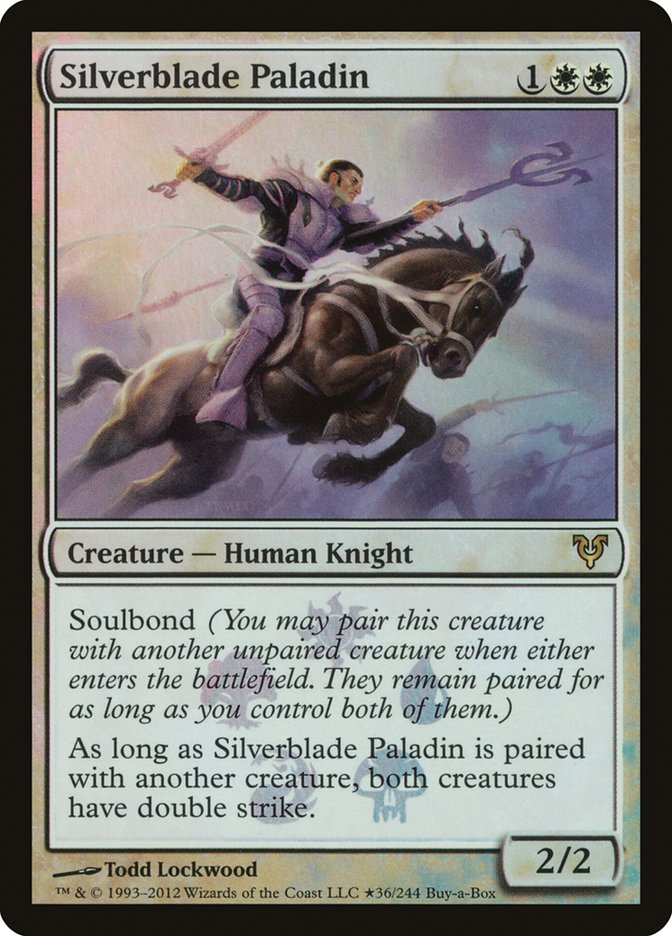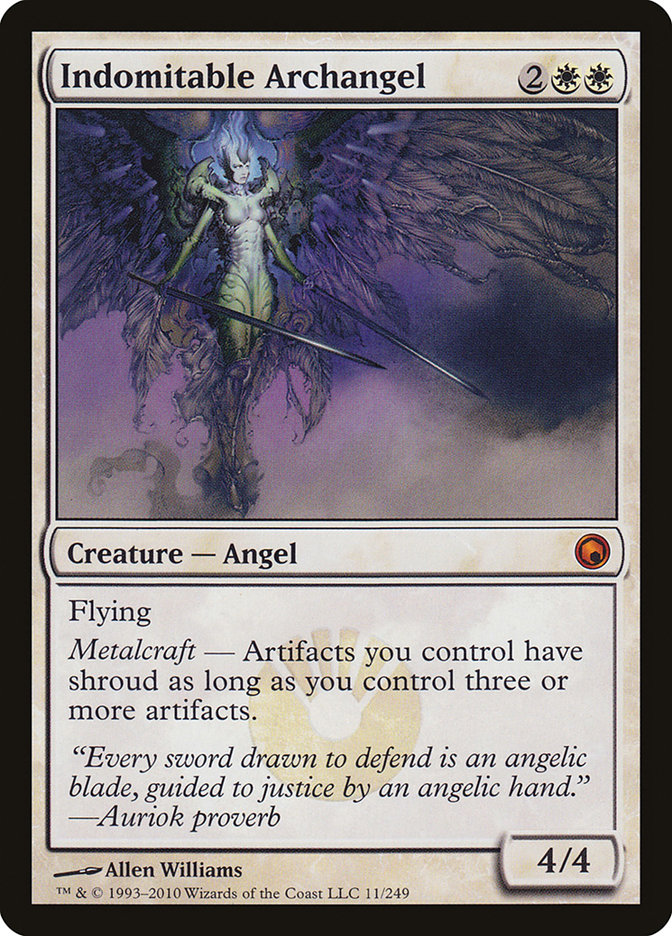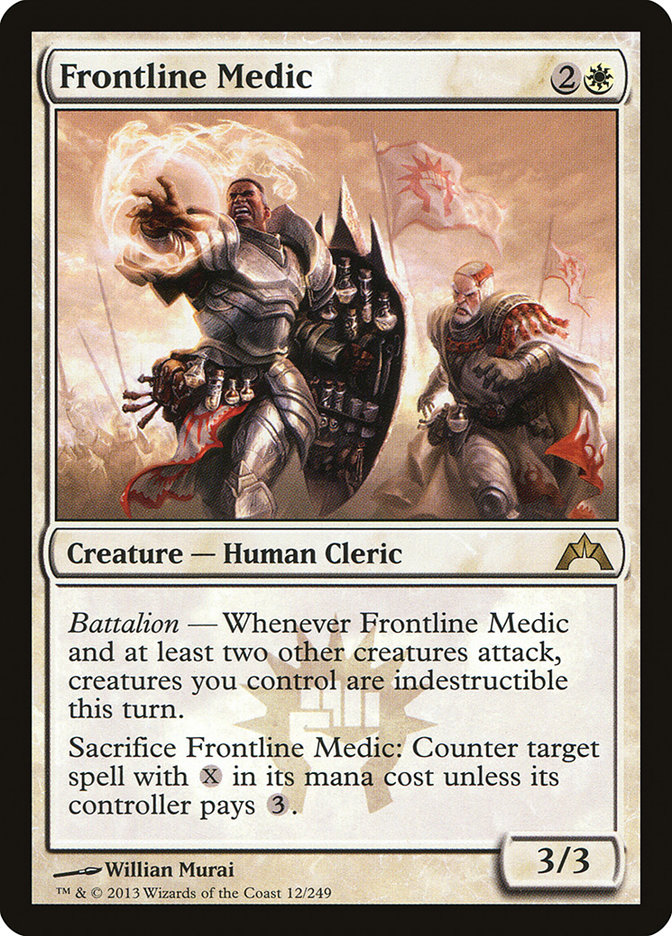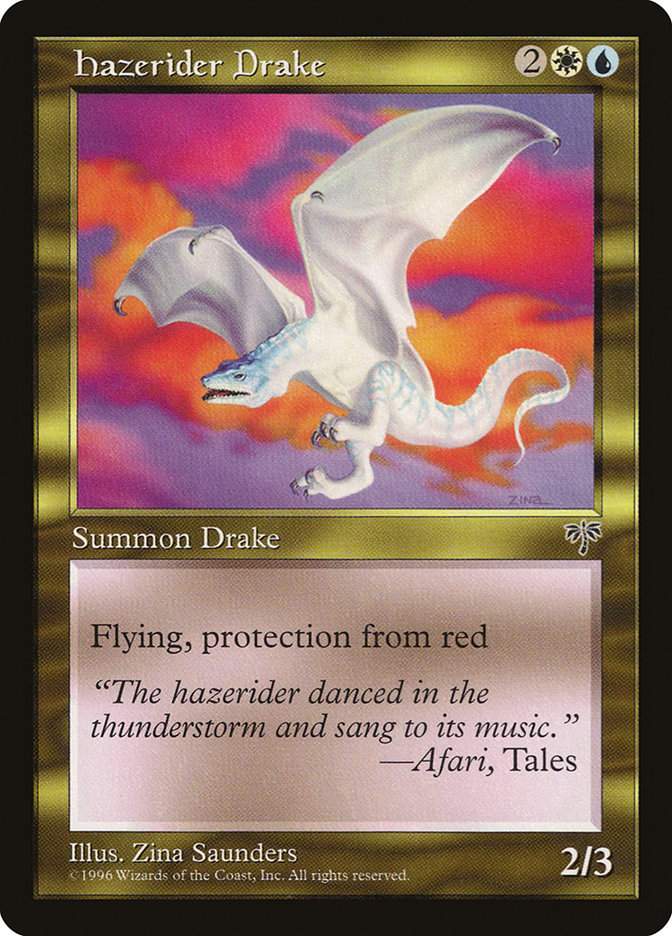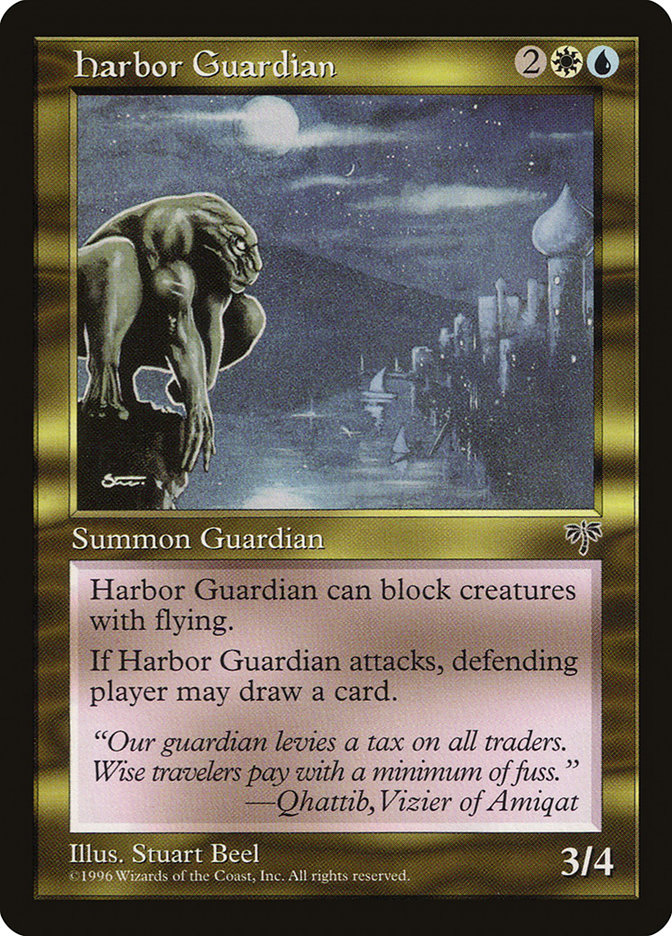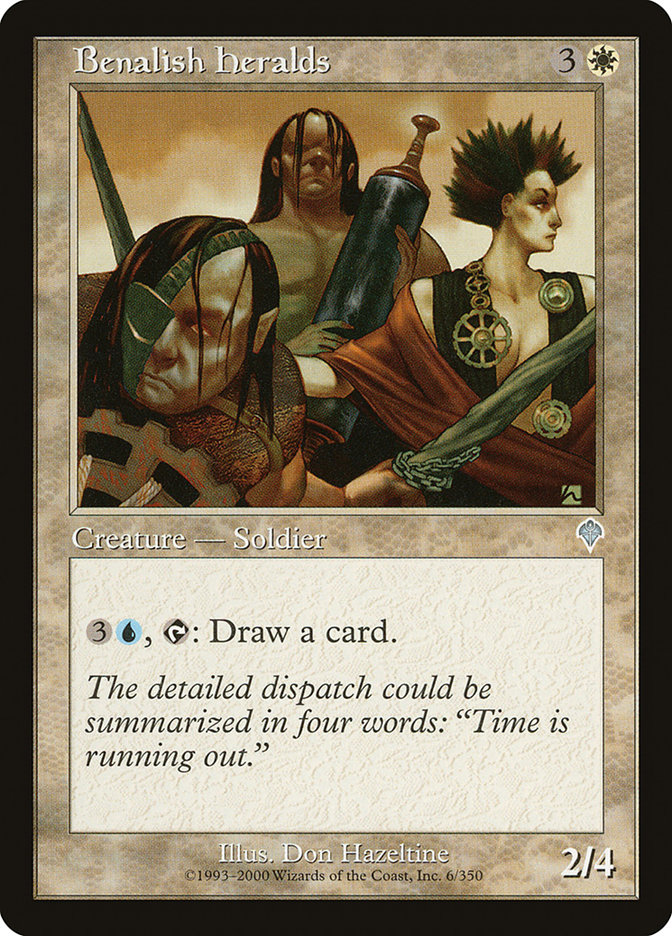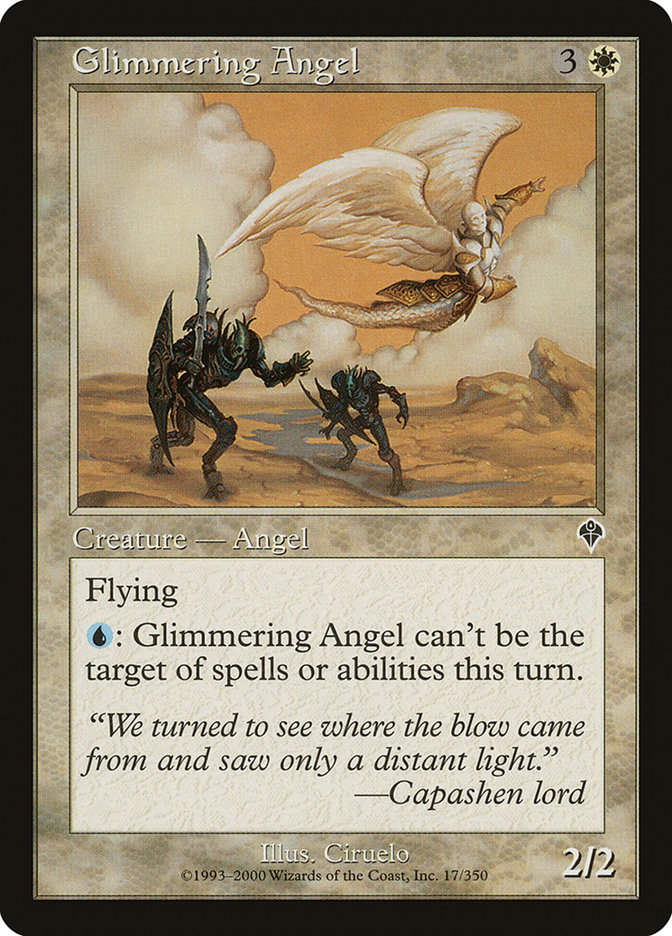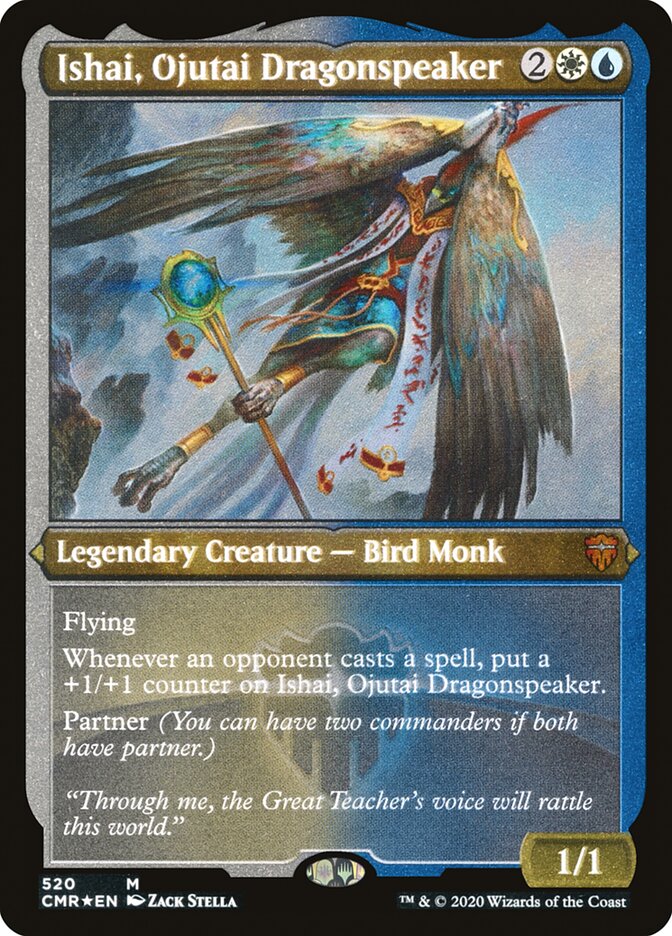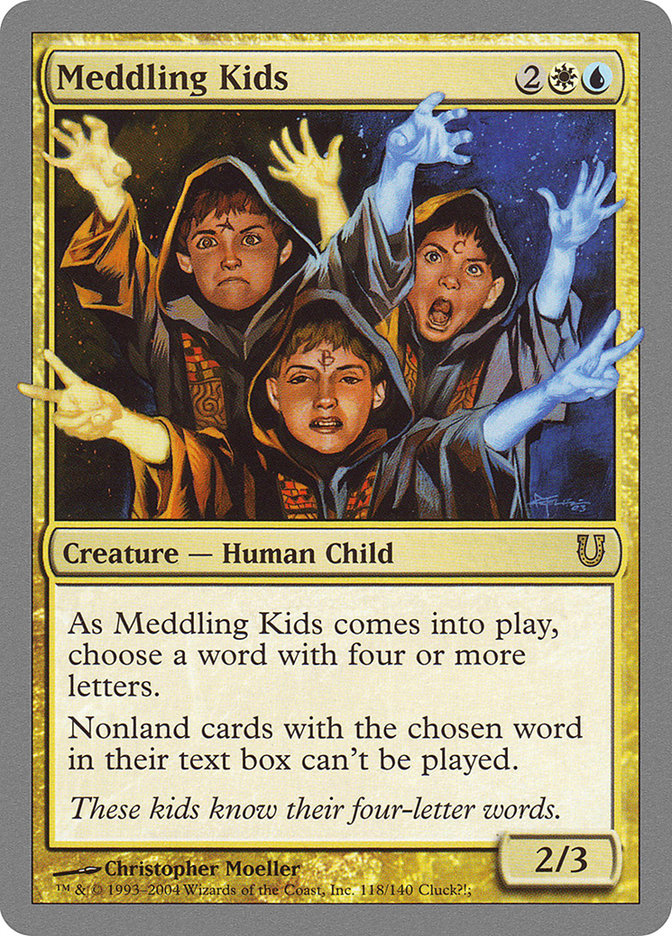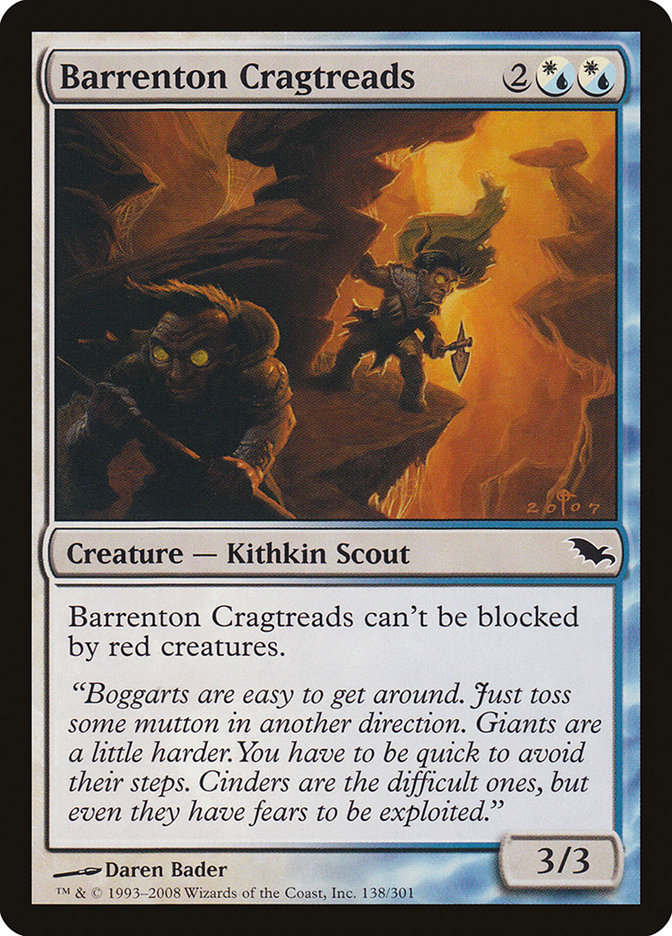Invasion of Xerex // Vertex Paladin MTG Card
| Card sets | Released in 2 setsSee all |
| Converted mana cost | 4 |
| Rarity | Uncommon |
| Type | Creature — Angel Knight |
| Abilities | Flying |
| Power | * |
| Toughness | * |
Text of card
Flying Vertex Paladin's power and toughness are each equal to the number of creatures you control.
The literal-minded Phyrexians made the greatest mistake possible on Xerex: they tried to understand what they were seeing.
Cards like Invasion of Xerex // Vertex Paladin
In the vast compendium of MTG, Vertex Paladin is a noteworthy addition with its distinct abilities. When we look at cards like Silverblade Paladin, we find similarities in the provision of double strike to another creature. However, Vertex Paladin stands out with its ability to bolster its own power, diverging from Silverblade’s focus on partnership synergy.
Analyzing Indomitable Archangel, we find a card with a comparable mana cost and a focus on protection with its metalcraft ability granting artifacts you control with shroud. Unlike Indomitable Archangel, Vertex Paladin doesn’t extend protection but offers an offensive advantage by increasing its attack capabilities, catering to a more aggressive strategy. Then we have Frontline Medic, which impacts battles by providing indestructibility during combat when you attack with three or more creatures. While Frontline Medic is advantageous for its battalion effect, Vertex Paladin allows for a more individual and consistent combat presence.
Evaluating these comparisons in MTG’s competitive scene, Vertex Paladin secures a unique spot. Its blend of power amplification and combat prowess makes it a formidable choice for players looking to make an immediate impact on the battlefield.
Cards similar to Invasion of Xerex // Vertex Paladin by color, type and mana cost
Card Pros
Card Advantage: Vertex Paladin plays a significant role in maintaining momentum throughout the game by offering valuable card draw capabilities. This advantage ensures that players consistently have access to the necessary spells and resources to stay ahead of their opponents.
Resource Acceleration: The card’s ability to generate additional resources bolsters your mana pool, paving the way for deploying key spells earlier than usual or overwhelming the battlefield with powerful creatures, thus solidifying your control over the game’s pace.
Instant Speed: The flexibility of instant-speed interaction provided by Vertex Paladin makes it a versatile asset in any player’s arsenal. This key feature allows you to respond to threats or opportunities in real-time, keeping your adversaries on their toes while you dictate the flow of the match.
Card Cons
Discard Requirement: Vertex Paladin may necessitate discarding a card from your hand, which can deplete your card advantage and hinder your strategic options.
Specific Mana Cost: This card comes with a color-intensive mana requirement that could challenge deck flexibility, especially in multi-color decks where mana fixing is critical.
Comparatively High Mana Cost: The Paladin’s effectiveness is reduced by its high mana cost, potentially making it a less appealing choice in a fast-paced game where lower-cost creatures can be equally impactful.
Reasons to Include Vertex Paladin in Your Collection
Versatility: Vertex Paladin is a card that seamlessly slots into various decks, particularly those that thrive on synergies with +1/+1 counters and creature abilities. Its adaptability makes it a solid addition to any collection.
Combo Potential: With its ability to manipulate +1/+1 counters, Vertex Paladin can enhance strategies that are centered around counter distribution and interaction, opening up possibilities for powerful combos.
Meta-Relevance: Given its role in bolstering creatures and its relevance in decks that aim to out-value opponents through creature tactics, Vertex Paladin has its place in the ever-shifting MTG meta, especially if the battlefield is dominated by creature-based strategies.
How to beat
Vertex Paladin presents a formidable challenge for players in Magic: The Gathering, emerging as a solid addition to white creature decks. Its protective abilities and potential to synergize with various cards make it a notable opponent on the battlefield. To effectively counteract the Vertex Paladin, consider using removal spells that can bypass its defensive abilities. Cards with exile effects, such as “Path to Exile” or “Swords to Plowshares”, can neatly sidestep any indestructibility that the Paladin might have acquired.
Another strategy is to weaken the Paladin’s impact through board control cards like “Wrath of God” or “Damnation”, which can clear the field regardless of individual creature strength. If neither removal nor sweeping is an option, increasing the pace of your own game can also be effective. Outrunning the Paladin with aggressive creatures or strategies that don’t rely on targeting can turn the tables. Lastly, cards that prevent lifegain or penalize the opponent for gaining life can undercut the efficacy of the Vertex Paladin, nullifying one of its key benefits.
Overall, handling the Vertex Paladin requires precise tactics, but with the right approach, you can ensure it won’t be the bulwark that stands between you and victory.
Where to buy
If you're looking to purchase Vertex Paladin // Vertex Paladin MTG card by a specific set like March of the Machine Art Series and March of the Machine, there are several reliable options to consider. One of the primary sources is your local game store, where you can often find booster packs, individual cards, and preconstructed decks from current and some past sets. They often offer the added benefit of a community where you can trade with other players.
For a broader inventory, particularly of older sets, online marketplaces like TCGPlayer, Card Kingdom and Card Market offer extensive selections and allow you to search for cards from specific sets. Larger e-commerce platforms like eBay and Amazon also have listings from various sellers, which can be a good place to look for sealed product and rare finds.
Additionally, Magic’s official site often has a store locator and retailer lists for finding Wizards of the Coast licensed products. Remember to check for authenticity and the condition of the cards when purchasing, especially from individual sellers on larger marketplaces.
Below is a list of some store websites where you can buy the Vertex Paladin // Vertex Paladin and other MTG cards:
 BUY NOW
BUY NOW BurnMana is an official partner of TCGPlayer
- eBay
- Card Kingdom
- Card Market
- Star City Games
- CoolStuffInc
- MTG Mint Card
- Hareruya
- Troll and Toad
- ABU Games
- Card Hoarder Magic Online
- MTGO Traders Magic Online
See MTG Products
Printings
The Vertex Paladin // Vertex Paladin Magic the Gathering card was released in 2 different sets between 2023-04-21 and 2023-04-21. Illustrated by Fajareka Setiawan.
| # | Released | Name | Code | Symbol | Number | Frame | Layout | Border | Artist |
|---|---|---|---|---|---|---|---|---|---|
| 1 | March of the Machine Art Series | AMOM | 48 | 2015 | Art series | Borderless | Fajareka Setiawan | ||
| 2 | 2023-04-21 | March of the Machine | MOM | 242 | 2015 | Transform | Black | Fajareka Setiawan |
Legalities
Magic the Gathering formats where Invasion of Xerex // Vertex Paladin has restrictions
| Format | Legality |
|---|---|
| Standard | Legal |
| Historicbrawl | Legal |
| Historic | Legal |
| Legacy | Legal |
| Oathbreaker | Legal |
| Gladiator | Legal |
| Alchemy | Legal |
| Pioneer | Legal |
| Commander | Legal |
| Modern | Legal |
| Future | Legal |
| Vintage | Legal |
| Duel | Legal |
| Explorer | Legal |
| Brawl | Legal |
| Timeless | Legal |
Rules and information
The reference guide for Magic: The Gathering Invasion of Xerex // Vertex Paladin card rulings provides official rulings, any errata issued, as well as a record of all the functional modifications that have occurred.
| Date | Text |
|---|---|
| 2023-04-14 | A Siege’s controller can’t be its protector. If a Siege’s protector ever gains control of it, they choose a new player to be its protector. This is a state-based action. |
| 2023-04-14 | A battle can be attacked by all players other than its protector. Notably, this means a Siege’s controller can attack it. |
| 2023-04-14 | A battle can be dealt damage and be target of spells and/or abilities that target “any target.” |
| 2023-04-14 | A battle’s “defense” is displayed in the bottom right corner of the card. A battle enters the battlefield with that number of defense counters. If another permanent enters the battlefield as a copy of a battle, it also enters with that number of defense counters. |
| 2023-04-14 | As a Siege enters the battlefield, its controller chooses an opponent to be its protector. |
| 2023-04-14 | Battles can’t attack or block, even if one also becomes a creature. If an attacking or blocking creature somehow becomes a battle in addition to being a creature, it is removed from combat. |
| 2023-04-14 | Damage dealt to a battle causes that many defense counters to be removed from it. |
| 2023-04-14 | If a Siege never had defense counters on it (perhaps because a permanent became a copy of one), it can’t have its last defense counter removed. It will be put into its owner’s graveyard. You won’t exile it or cast the other face. |
| 2023-04-14 | If a battle has no defense counters, and it isn’t the source of a triggered ability that has triggered but not yet left the stack, that battle is put into its owner’s graveyard. This is a state-based action. This doesn’t cause a Siege’s intrinsic triggered ability to trigger. |
| 2023-04-14 | If a battle that’s being attacked somehow stops being a battle, it is removed from combat. Similarly, if its controller changes in the middle of combat, it is removed from combat. |
| 2023-04-14 | If a non-battle permanent that is already on the battlefield become a copy of a Siege, its controller chooses one of their opponents to be that battle’s protector. However, it will most likely be put into its owner’s graveyard because it has no defense counters (see below). |
| 2023-04-14 | If a permanent that is represented by a transforming double-faced card becomes a copy of a Siege, it will be exiled as that Siege’s triggered ability resolves, then it will be cast transformed. Note that this applies only to transforming double-faced cards, not to modal double-faced cards that can normally be played using either face. |
| 2023-04-14 | If a token or a card that isn’t represented by a transforming double-faced card becomes a copy of a Siege, it can’t be cast as its triggered ability resolves. It will remain in exile. If it’s a token, it will cease to exist the next time state-based actions are performed. |
| 2023-04-14 | In a multiplayer game, if the protector of a battle leaves the game and that battle is not currently being attacked, its controller chooses a new protector for it as a state-based action. If it is being attacked, its controller chooses a new protector for it once no creatures are attacking it. This means that it continues to be attacked and can be dealt combat damage as normal. |
| 2023-04-14 | Only creatures controlled by a battle’s protector can block creatures that are attacking that battle. This means a Siege’s controller can never assign creatures to block for it. |
| 2023-04-14 | Sieges each have an intrinsic triggered ability. That ability is “When the last defense counter is removed from this permanent, exile it, then you may cast it transformed without paying its mana cost.” |


